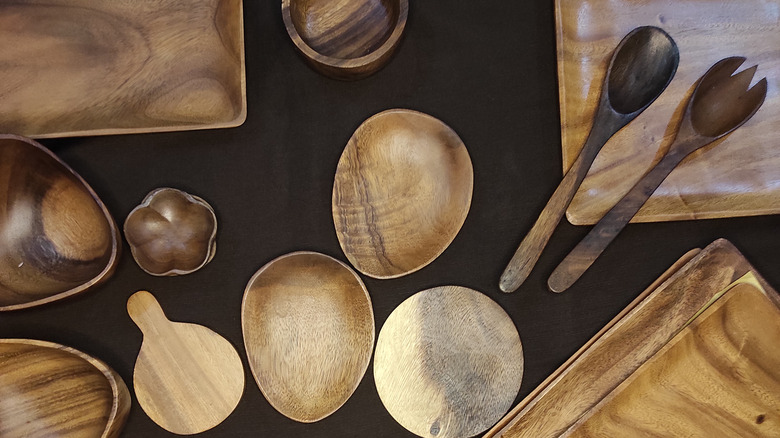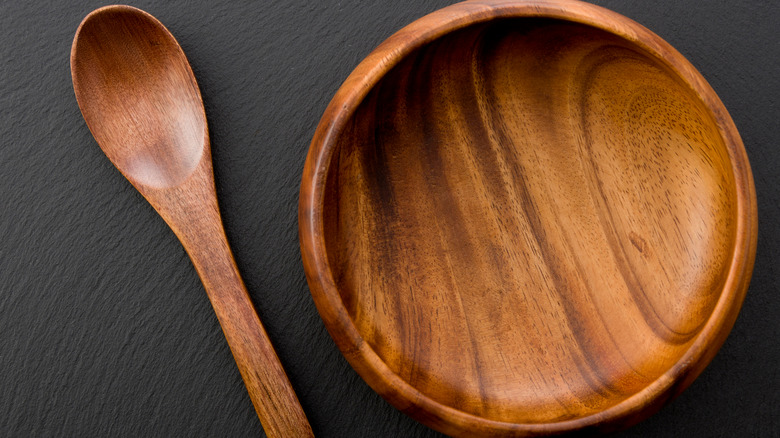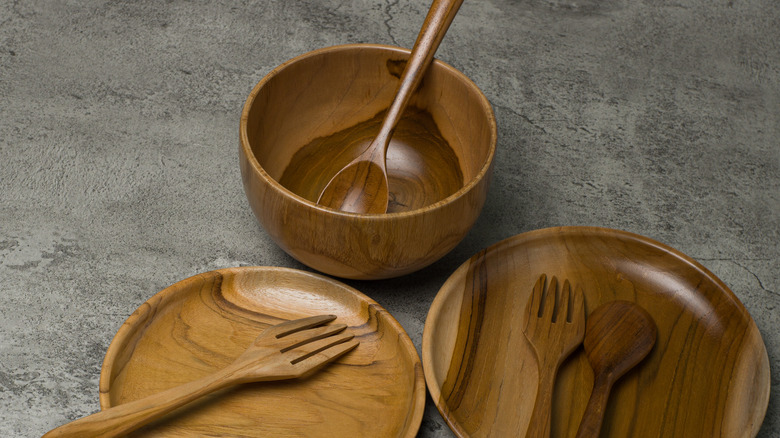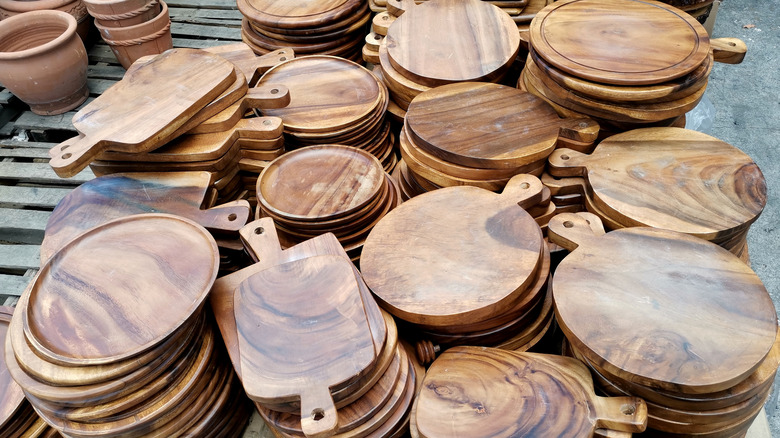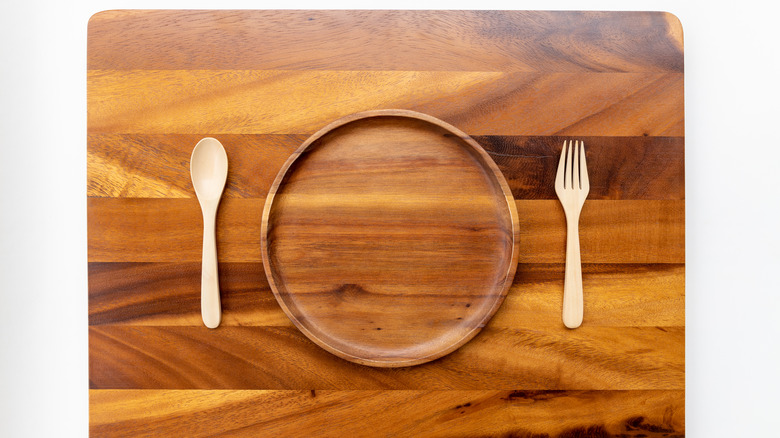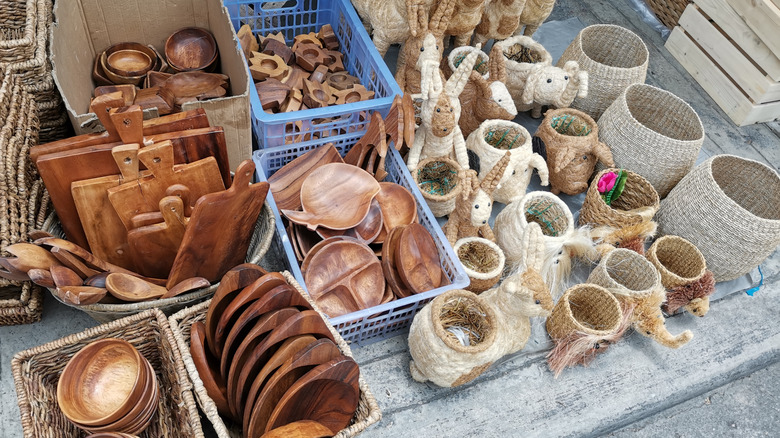5 Reasons Why You Should Use Acacia Wooden Kitchenware
If you want to add a new flair to your kitchen, upgrading your kitchenware is a great place to start. For a long time, metallic kitchenware has been a major force in cooking spaces; however, recently, there seems to be a shift, and wooden kitchenware is finally getting the attention it deserves. The most apparent reasons are their aesthetic appeal and the fact that they are highly durable. But are those the only reasons why wooden kitchenware is making a comeback? This type of kitchenware has more benefits than you would imagine, from health reasons down to environmental factors.
Before settling for just any other wooden kitchenware, you need to realize that the type of wood matters. The best kitchenware is the one that offers lengthy service and remains beautiful for longer, and acacia wooden kitchenware provides precisely that. Acacia wood is found in different parts of the world today but is native to Australia, mentions the Acacia Wood Database. This tree has found use in various industries and is becoming popular in kitchenware. Here are reasons why you should consider adding acacia wooden kitchenware to your collection.
1. They look amazing
There is something about brown wooden tones that remind us of nature, and they have an ancient and traditional feeling that will bring out your artistic side. Implementing a conventional rustic design in the kitchen makes the space feel accommodating and homier. Instead of going for a crazy expensive kitchen makeover, begin with acacia wooden kitchenware. They will introduce a touch of style not only to your kitchen but also to your dining table as well. Acacia wood is known for having a deep brown color with unique grains, bringing the high-end restaurant feel right into your home.
You might not know this, but the visual presentation of food is essential in making it delicious in the mind before it gets to your tastebuds, via Kedaung Oriental Porcelain Industry. So get a matching set that is good enough in the kitchen and aesthetically appealing to make the meals you share with friends and family more palatable. Moreover, if you love the retro design, having wooden kitchenware will give you that traditional vibe.
2. They are hygienic
It is no coincidence that wooden kitchenware is one of the oldest materials used and trusted for cooking. Naturally, trees have anti-bacterial properties that are present even when they transition into wooden utensils. According to Teakhaus, some woods not only have anti-bacterial properties but also restrict water, rendering them incapable of harboring bacteria. This is something that other kitchenware materials like plastic don't have.
What's more, unlike plastic materials, wooden kitchenware like wooden cutting boards receive far fewer cuts when slicing and dicing, making it impossible for food particles to get lodged into these tiny crevices. Over time with consistent use, plastic chopping boards get so rough, making them unclean and quite tricky to scrub effectively. So when you are looking for a replacement for your current chopping board, consider getting one made of hardwood acacia for its sleek color, appearance, and hygienic reasons.
3. They are eco-friendly
Biodegradable materials for kitchenware are a far safer option than other synthetic materials like plastic that contribute to environmental pollution. The harmful effects of plastic on the environment are becoming more apparent by the day, and more people and brands are joining the course for a greener environment. So if you are concerned about making the world a better place, consider making the necessary switch to greener kitchenware like those made from acacia wood. One advantage of using wood kitchenware is that when they outlive their usefulness, they are biodegradable, and you can use them to light a campfire.
Compared to other hardwood, acacia wood is a better material because it is easy to replant and grows faster than other hardwood trees, via Acacia Capital. Remember, deforestation eventually reduces the tree population, but since acacia wood grows somewhat quicker, it guarantees a consistent supply of this wood without possibly destroying the entire species or experiencing a shortage.
4. They are durable
The kitchen area is among the most utilized places in the house for people who love cooking. Consequently, the kitchenware bears the brunt of daily cooking. To save yourself from frequent purchases and replacements, you ought to invest in strong and durable kitchenware to withstand whatever you throw its way. Acacia wood might not be the toughest hardwood tree, but it is undoubtedly more formidable than most. In fact, according to Acacia Wood USA, acacia wood registers 2,300 psi on the Janka scale, which measures wood hardness.
This hardness has made acacia wood find use in many places, including the kitchen. Kitchenware made of acacia is tough and promises longevity even for commercial purposes. Since acacia is a hardwood, it can easily endure daily use in the kitchen, whether serving, cutting, or dicing, making it an excellent choice for a regular home. However, washing kitchenware made of acacia wood by hand with warm water is proper to ensure longevity.
5. Are safe and comfortable to use
Consistent exposure to the cooking process makes regular metallic utensils so hot. It would help if you were careful not to bring them close to your skin. However, when dealing with wooden kitchenware like those from acacia wood, you no longer have to worry about touching the hot surface of that particular utensil. Naturally, wood doesn't absorb and retain heat as much as its metallic counterparts.
When cooking meals that require frequent stirring, like recipes cooked in an instant pot, you can place the wooden spatula on top of the pot, and it won't get too hot to handle. Furthermore, wooden kitchenware is often lightweight and quite comfortable on the hand. Also, premium wooden utensils and spatulas with rounded edges are friendly to nonstick cooking pots, mentions Bustle. Nonstick pots make cleaning after cooking a breeze; it will be a shame if you destroy the delicate Teflon layer with the wrong utensil.
